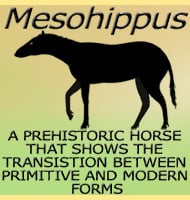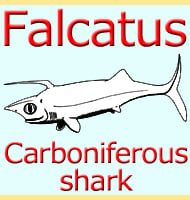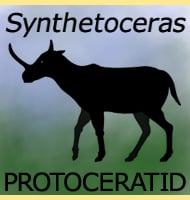In Depth
Loosely termed a catfish, Hypsidoris would have been a bottom dwelling predator of other aquatic creatures such as fish and invertebrates in the water systems that that been left behind by the receding Western Interior Seaway that had previously submerged most of central North America back in the Cretaceous and Palaeocene. Hypsidoris ‘tasted’ for edible prey with feelers around the mouth, and the genus is noted for being particularly sensitive to high frequency sounds, a trait shared by modern fish. This is inferred from the shape of vertebrae near the skull which transmitted sounds that had been amplified by the swim bladder directly to the inner ear, forming a biological hearing aid if you will.
Further Reading
- Description of a Second Species of the Catfish Hypsidoris and a Re-evaluation of the Genus and the Family Hypsidoridae - L. Grande and M. De Pinna - 1998.









